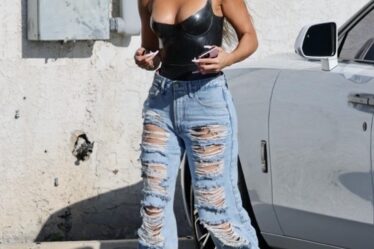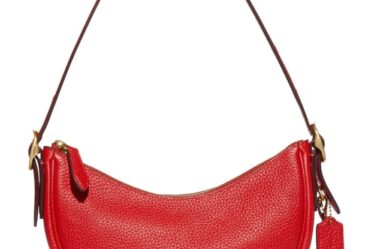
I spend a decent portion of my time talking to industry experts, analysts, futurists, founders, executives — people who make their careers on predicting what comes next, moving fast and setting culture — but no one predicted that Clinique’s over 50-year-old Black Honey lip colour would go viral online in 2021 or that CeraVe would become Gen Z’s favourite drugstore skin care staple during the pandemic. Who thought perfume would thrive during a lockdown?
If anything, what we’ve learned from ongoing uncertainty is that people continue to shop and find ways to splurge on themselves, especially when it comes to beauty. What they’re buying might vary — lipstick certainly wasn’t in high demand with masks and lockdowns — but the concept of “little luxuries” remains a sales driver.
The last year in beauty was transformational: the industry emerged from a pandemic and a long-term makeup slump. Travel, leisure activities, social gatherings and office life, albeit with more flexible hours or a hybrid work from home structure, resumed with fervor, leading to an uptick in cosmetics and more experimental looks. Many beauty brands thrived, a culmination of extremely hard-fought lessons learned, comparatively to any other time in recent history.
While sectors like crypto and tech are struggling, beauty is booming. In the third quarter of 2022, both revenue and number of units sold were up in the prestige beauty space, including makeup, skin and hair care and fragrance, according to the NPD Group. During the same period, makeup sales surpassed pre-pandemic 2019 figures, with the lip category seeing a 32 percent lift in sales, the quickest growing segment in colour cosmetics.
Given the multitude of challenges hurled at beauty brands since 2020, it’s hard not to go into 2023 feeling optimistic.
Today, we have business owners, and operations and supply chain managers who’ve faced multiple, once-in-a-lifetime challenges. Brands are more resilient and nimbler than in pre-pandemic times and can pivot or implement company-wide changes, swiftly meeting the demands of a changing economy and social climate. Many companies have ensured supply chains are optimised, distribution channels are diversified and inventory can withstand disruption (or factory closures).
Yet it’s still hard for brands to accurately prepare for the future. In fact, it’s nearly impossible. What will really impact a brand, good or bad, will come completely out of nowhere and is unknowable on the fourth day of the new year.
Undoubtedly, something will happen in 2023 that we can’t even fathom, whether it’s a first-time problem or history bending in one’s favour (like the pandemic fuelling a spike in hand sanitiser and Peloton bikes).
Think about the explosion of TikTok in 2020; the Apple iOS updates in 2021 that upended the arbitrage of digital advertising and investors tightening their belts last year. What if the impending TikTok ban on US government devices (which likely won’t have serious implications for beauty) leads to the platform getting banned in the country altogether? If one’s brand is reliant on TikTok as a sales and marketing driver, a ban could turn a business upside down.
What I do have faith in is that resilient organisations will succeed. These will be companies that have good product, best-in-class marketing, storytelling and cultures of innovation. These brands will seize a moment and capitalise on it quickly and in a way that resonates with consumers.
As long as you build a strong brand that people connect to and want to buy from, you win.



